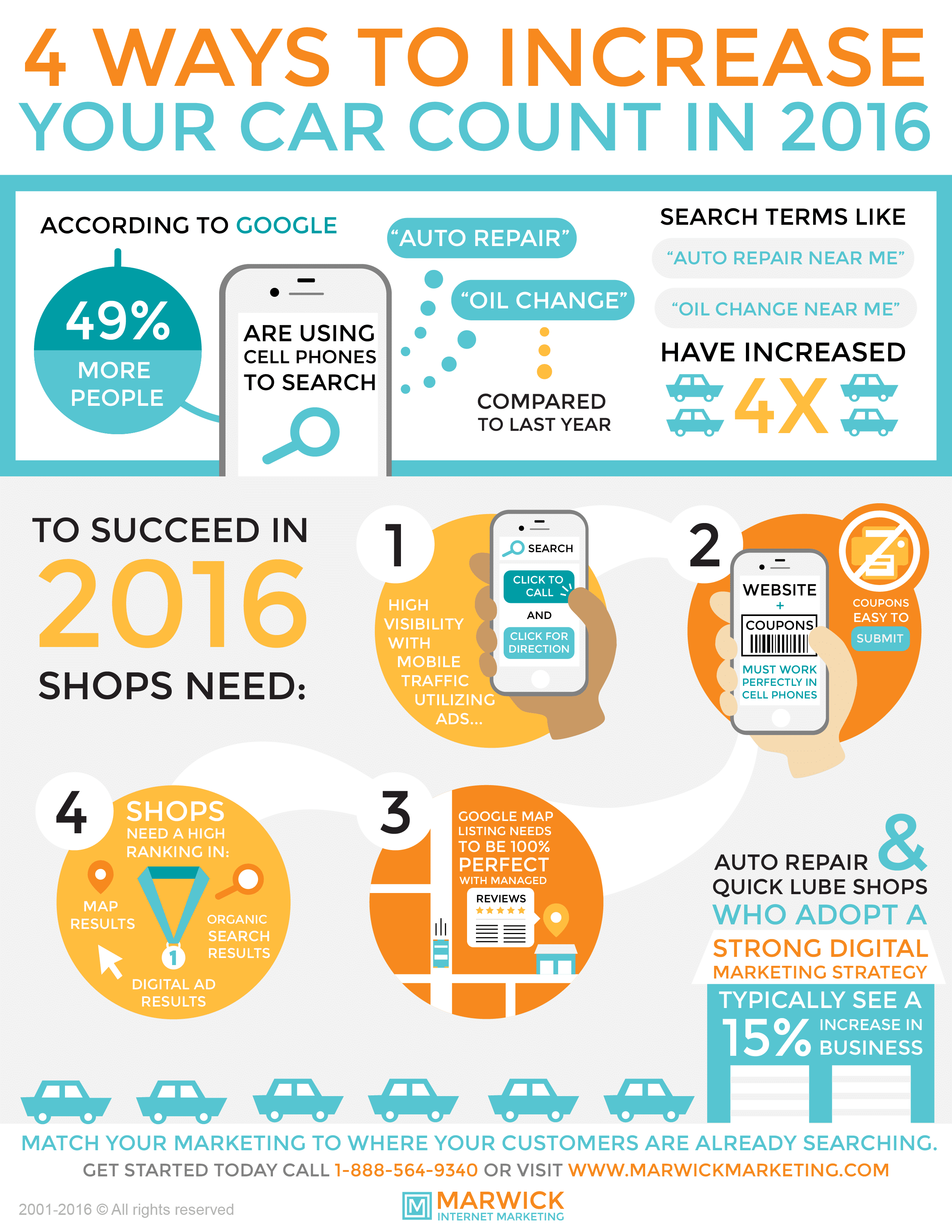Wondering About The Definition Behind Those Control Panel Caution Lights? Gain Understandings Into Their Effects For Your Lorry'S Safety And Security And Upkeep
Wondering About The Definition Behind Those Control Panel Caution Lights? Gain Understandings Into Their Effects For Your Lorry'S Safety And Security And Upkeep
Blog Article
Content Writer-Faulkner Forbes
When you're behind the wheel, those glowing warning lights on your dashboard can be a little bit puzzling. Do you recognize what they're attempting to inform you concerning your auto's wellness? Recognizing the importance of these lights is vital for your security and the durability of your automobile. So, the next time among those lights turns up, would not you intend to decode its message accurately and take the essential actions to resolve it?
Common Caution Lighting and Interpretations
Recognize common caution lights in your cars and truck and understand their meanings to ensure safe driving.
One of the most normal caution lights consist of the check engine light, which indicates concerns with the engine or exhausts system. If https://juliusojdxq.blazingblog.com/31286480/ten-necessary-tips-for-choosing-the-ideal-auto-service-center-in-your-location comes on, it's essential to have your automobile inspected without delay.
The oil stress cautioning light suggests low oil pressure, needing prompt focus to stop engine damages.
A flashing battery light may suggest a damaged billing system, potentially leaving you stranded if not resolved.
The tire stress monitoring system (TPMS) light informs you to reduced tire stress, affecting car security and fuel performance. Overlooking https://www.wlbt.com/2022/02/25/police-man-charged-with-murder-after-allegedly-shooting-customer-hazlehurst-auto-shop/ could bring about risky driving conditions.
The abdominal muscle light indicates a problem with the anti-lock braking system, compromising your ability to quit promptly in emergencies.
Lastly, the coolant temperature cautioning light warns of engine overheating, which can result in serious damages if not resolved quickly.
Comprehending these typical warning lights will certainly help you address concerns without delay and maintain secure driving conditions.
Significance of Prompt Focus
Comprehending the usual caution lights in your car is just the very first step; the relevance of promptly attending to these warnings can not be highlighted enough to ensure your safety and security on the road.
When a caution light brightens on your dashboard, it's your cars and truck's means of interacting a possible issue that needs focus. Ignoring these warnings can bring about a lot more severe problems down the road, endangering your safety and security and possibly costing you extra out of commission.
Motivate interest to alerting lights can stop break downs and crashes. As an example, a blinking check engine light can show a misfire that, if left ignored, could create damages to the catalytic converter. Addressing this immediately can save you from an expensive repair.
In a similar way, a brake system advising light may signal reduced brake fluid or used brake pads, critical elements for your safety and security when driving.
Do It Yourself Troubleshooting Tips
If you discover a caution light on your dashboard, there are a couple of DIY troubleshooting ideas you can try before looking for expert aid.
The first step is to consult your car's handbook to understand what the particular caution light shows. Sometimes the concern can be as straightforward as a loose gas cap causing the check engine light. Tightening the gas cap may resolve the issue.
One more typical problem is a low battery, which can cause various advising lights. Checking the battery connections for deterioration and guaranteeing they're secure may deal with the issue.
If a caution light lingers, you can try resetting it by disconnecting the cars and truck's battery for a couple of mins and then reconnecting it. Additionally, inspecting your automobile's fluid levels, such as oil, coolant, and brake fluid, can assist troubleshoot alerting lights related to these systems.
Verdict
To conclude, understanding your automobile's warning lights is necessary for keeping your vehicle running efficiently and securely. By without delay dealing with these alerts and recognizing what they imply, you can prevent costly fixings and potential breakdowns.
Remember to consult your automobile's handbook for certain details on each advising light and act accordingly to guarantee a hassle-free driving experience.
Stay educated, remain safe when traveling!
